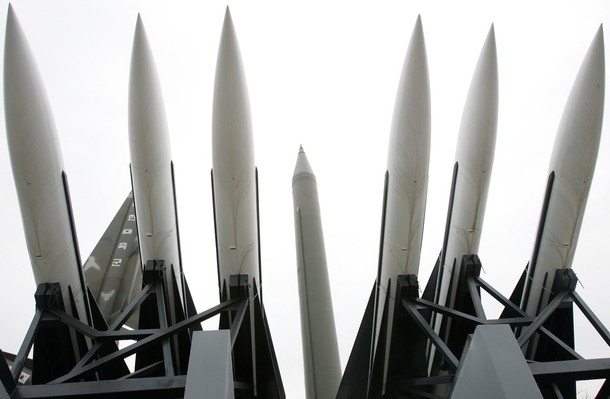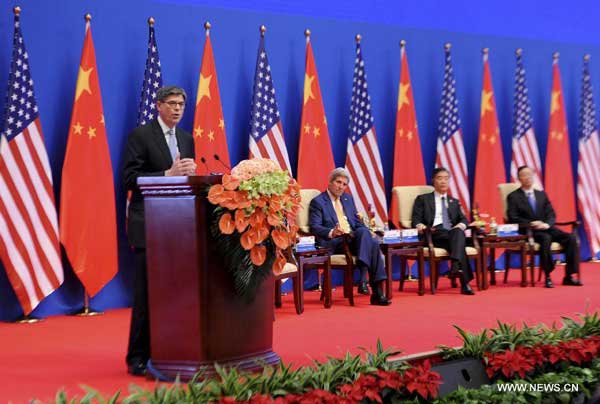North Korea on Wednesday fired what appeared to be two short-range missiles into the sea in the latest in a series of launches interspersed with spurned peace overtures to South Korea.
A spokesman for the Joint Chiefs of Staff in Seoul said the two missiles were fired from the western province of Hwanghae into the Sea of Japan (East Sea).
“We suspect they were short-range ballistic missiles,” spokesman Um Hoy-Sik told AFP, adding that the range was around 500 kilometers (310 miles).
UN resolutions bar the North from conducting any ballistic missile tests, and Japan was swift to condemn the launches.
“We have lodged a strong protest against North Korea,” the Japanese government’s top spokesman told a regular press briefing in Tokyo.
The protest was made through diplomatic channels in Beijing.
“These latest missile launches violate past UN Security Council resolutions that ban any launch by North Korea using ballistic missile technology,” Chief Cabinet Secretary Yoshihide Suga added.
It was the fourth missile test in less than two weeks.
The previous launches had preceded a state trip to South Korea by Chinese President Xi Jinping and had been read by some analysts as a show of pique at his decision to visit Seoul before Pyongyang.
China is North Korea’s sole major ally, but while Xi has met four times with South Korean President Park Geun-Hye — including two summits — he has yet to sit down with North Korean leader Kim Jong-Un.
– ‘Nonsensical’ –
As Xi arrived in Seoul on July 3, Pyongyang announced its intention to continue the tests, despite protests from Seoul and Tokyo.
One of the previous launches was hailed by the North’s state media as that of a new “cutting-edge” guided missile marking a “breakthrough” in the country’s military capabilities.
North Korea is not known to have a tactical guided missile capability, but analysis of a recent propaganda film suggested it may have acquired a variant of a Russian cruise missile, the KH-35.
Statements from Pyongyang have suggested several reasons for the tests, including anger over recent South Korean naval drills near the maritime border.
In between the launches, the North has extended a number of apparent olive branches to the South, including a proposal for both sides to halt all provocative military activity.
Seoul dismissed the offers as “nonsensical” in the light of Pyongyang’s nuclear weapons program.
Wednesday’s test came as North Korea announced the death from a heart attack of Jon Pyong-Ho, a retired general seen as a chief architect of its missile and nuclear weapons programs.
According to the NK Leadership Watch website, Jon supervised the development of medium-range ballistic missiles in the 1990s, and offered the designs to Pakistan in exchange for detailed information on gas centrifuge technology and uranium enrichment.
US intelligence said Jon was a key figure in the North’s international weapons trade that involved shipping components for missiles, nuclear reactors and conventional arms to countries including Iran, Syria and Myanmar.
Over the years, he was individually named in sanctions imposed on North Korea by the United Nations, United States and European Union.











